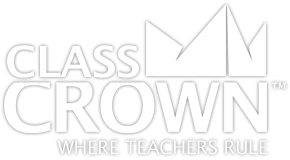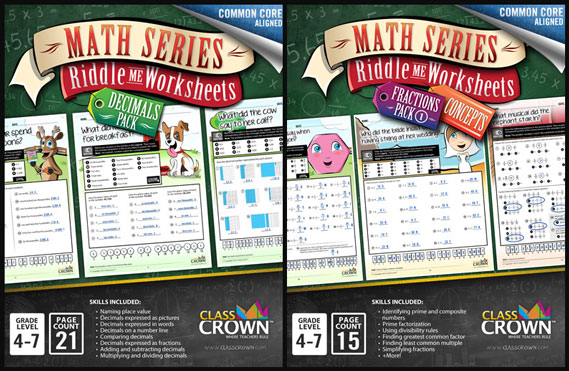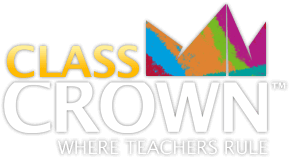“Learn the 10 Amendments to the Constitution by Friday. There will be a quiz worth 20 points,” the teacher says after she teaches her students a pneumonic device to memorize the amendments.
While it is certainly imperative that students know the Bill of Rights, what good is it, really, if they can’t think critically about why they were added to the Constitution in the first place? With state testing placing extra pressure on teachers to spend much of their time “teaching to the test,” teaching critical thinking skills often falls by the wayside in classrooms. But how can we call ourselves good teachers if we haven’t taught our students how to think so that they can apply these strategies to the myriad situations and circumstances they will encounter in their futures?
Teaching critical thinking skills sounds nice, but also seems amorphous. How exactly does one go about it? Teachers who are determined not only to address the state standards, but also to teach their students the essential skill of thinking critically may find psychologist Edward De Bono’s 6 Thinking Hats strategy helpful.
The Thinking Hats strategy is a simple way for students to approach problems and ideas from different points of view and encourages them to think below the surface. Each hat requires the thinker or group of thinkers to contemplate an issue from a different perspective: Continue reading


 Summer is always the perfect time for teachers to reflect back on their past experiences, evaluate personal and professional growth, and set some goals for the upcoming year. As I reflect back on my first few years of teaching, one of the things that comes to mind immediately is my first few “first days” of school.
Summer is always the perfect time for teachers to reflect back on their past experiences, evaluate personal and professional growth, and set some goals for the upcoming year. As I reflect back on my first few years of teaching, one of the things that comes to mind immediately is my first few “first days” of school.


